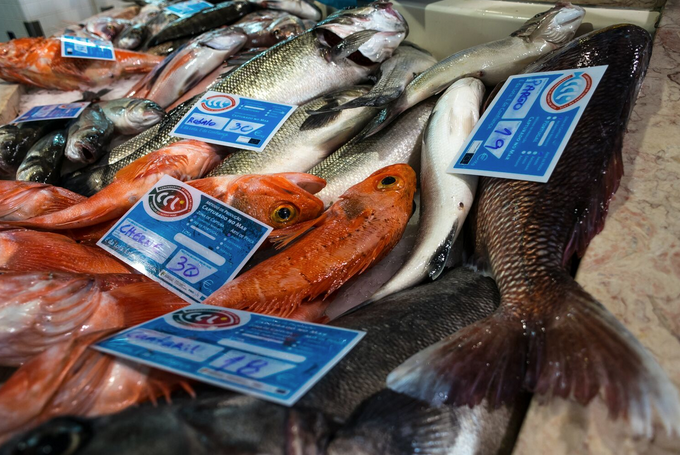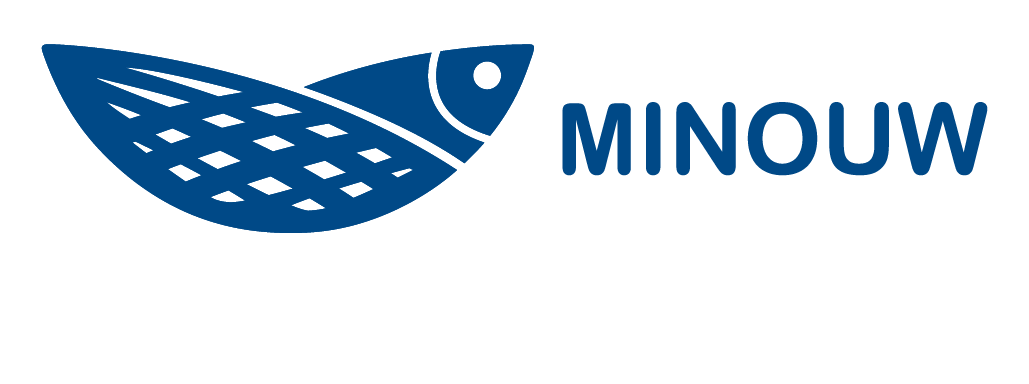Work package 3:
Impact assessment of minimising unwanted catches and discarding
The aim of work package 3 is to examine the effects of more selective fishing methods and reduction in discards on marine ecosystems and industry using mathematical modelling tools.

Objectives

Link software that assesses the effects of net modifications on the selectivity of fishing gear (such as FISHSELECT) with existing fisheries bioeconomic modelling software, such as MEFISTO or GADGET. By doing so produce a fisheries bioeconomics simulation modelling toolbox that can be used in discussions with industry about the technical and economic effects of discards reduction.

Estimating the costs and benefits of avoiding unwanted catches. Develop a cost-benefit analysis of limiting/reducing discarding on a case by case basis. Use this to extrapolate as far as possible to entire national fleets, and to estimate the social and economic impacts.

Estimating the effects of banning discards on the structure and resilience of marine ecosystems, including the effects on the upper trophic levels (including seabirds) and the effects cascading down the food chain to small fish.

The spatial dimension of discards reduction: Maps of high density patches of potential unwanted catch incorporating fishers knowledge and fishing effort. Ecosystem modelling to evaluate area closures. Development of an online tool for mapping unwanted catches in real time.

Valuation of ecosystems services in relation to discard reduction.

Developing and calculating indicators of Good Environmental Status and economic profitability.

